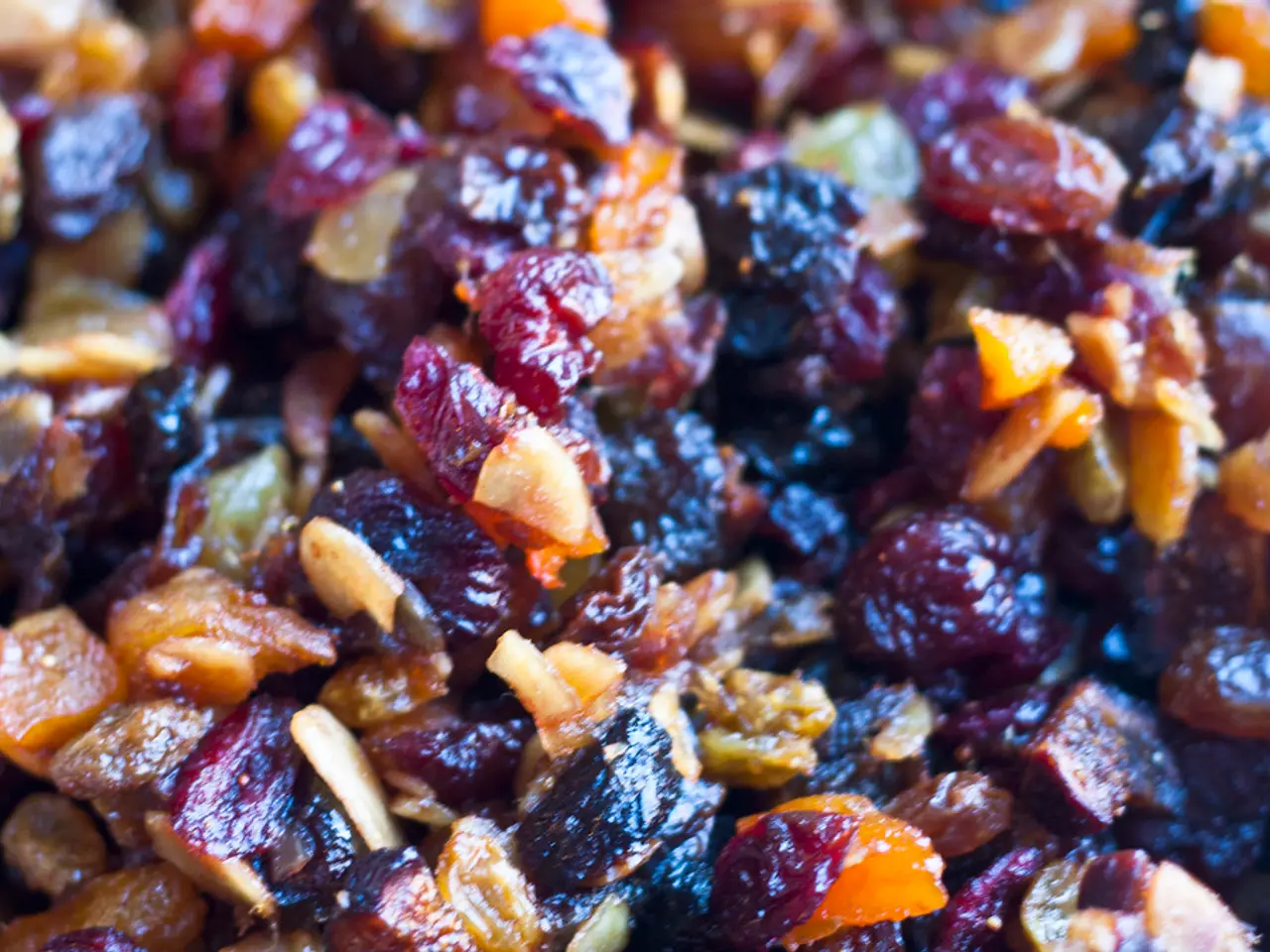Kiwi Skin: A Hidden Treasure of Vitamins and Antioxidants
Discover the nutritional benefits and global production of kiwifruit, with a focus on the often-overlooked skin. While kiwi skin is rich in vitamins and antioxidants, it may pose a risk for those prone to kidney stones.
Kiwi skin, often discarded, is a treasure trove of nutrients. It boosts vitamin E by 32%, vitamin C, and is packed with polyphenols. In fact, the skin contains three times more antioxidants than the fruit itself. Eating a whole kiwi, skin and all, increases its fiber content by 50%.
Gold kiwifruit skin, in particular, enhances your vitamin C and folate intake by 34% and 32% respectively. A skin-on green kiwi provides 3.5 grams of fiber, while a gold kiwi offers about 3 grams. Every part of the kiwifruit is edible, including the skin.
However, people with a history of kidney stones should be cautious. The American Urological Association advises avoiding oxalate-rich foods, and kiwi skins are high in oxalates.
Globally, New Zealand, Chile, and Greece are the top kiwifruit producers. The 'Hayward' variety, with green flesh, is the most common, while yellow (gold) kiwis are also popular, especially in New Zealand and Chile. Different kiwi species and cultivars are bred to suit regional climates and market preferences.
Incorporating kiwi skin into your diet offers a significant boost in vitamins, fiber, and antioxidants. However, those at risk of kidney stones should avoid the skin due to its oxalate content. The global kiwifruit industry, led by New Zealand, Chile, and Greece, continues to diversify and innovate in response to regional preferences and market demands.
Read also:
- Parliamentary Meetings in the Federal Diet of Germany this Week
- Arizona's Chandler High School Leads Fight Against Chronic Absenteeism
- Council approves resolution to remove objections for organ donations at federal level
- Encouraging Healthy Indoor Workplaces through LEED Material Methods: USGBC LEED Green Associate




